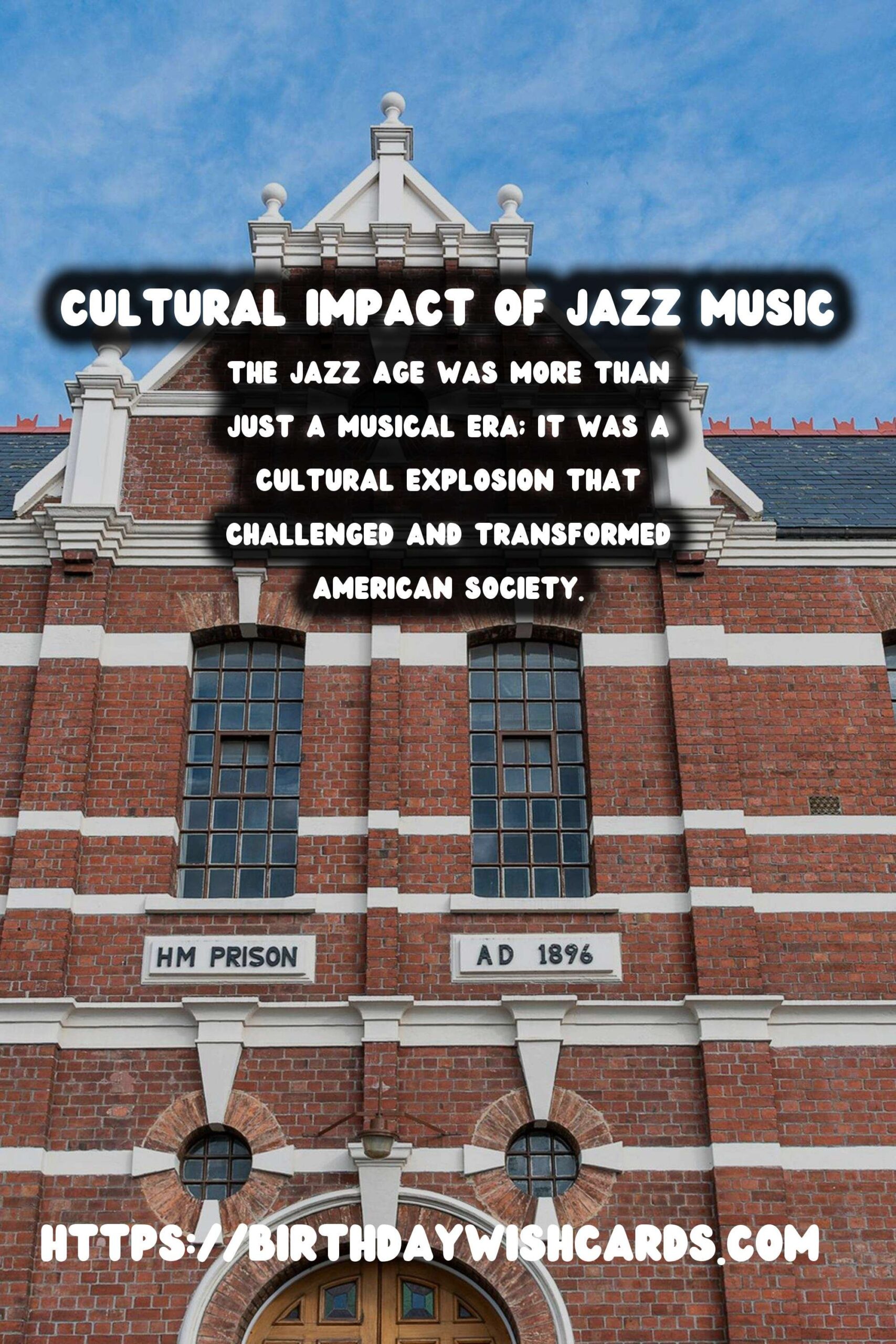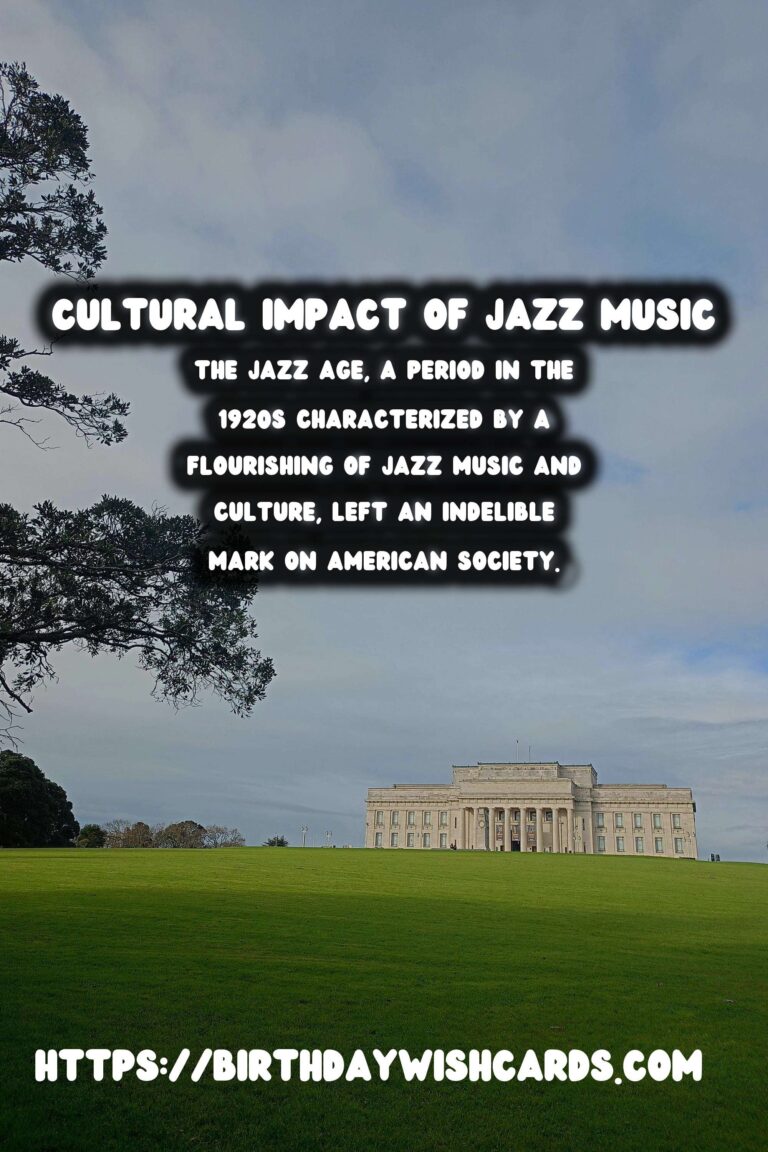
The Jazz Age, a period in the 1920s characterized by a flourishing of jazz music and culture, left an indelible mark on American society. This vibrant era not only introduced an innovative style of music but also reflected significant social changes taking place in the United States.
The Emergence of Jazz Music
Jazz music originated in the African American communities of New Orleans, fusing elements of blues, ragtime, and marches to create a new musical form. Its improvisational style captured the spirit of the decade, promoting freedom of expression and cultural dialogue.
Impact on Social Norms
The Jazz Age broke the traditional boundaries of society. It was a period known for a liberalization of social norms, where conservative values were challenged. Young Americans began to question prescribed lifestyles, leading to changes in attitudes towards gender roles and behavior.
The ‘Roaring Twenties’ saw the rise of the flapper culture, with women embracing new fashions, bobbed hairstyles, and jazz clubs. These independent women symbolized the changing roles of women in society, demanding more rights and freedoms.
The Prohibition Era
The 18th Amendment, also known as Prohibition, banned the sale and consumption of alcohol, leading to the rise of speakeasies and bootlegging. Interestingly, these establishments became cultural hotspots for jazz music, helping to spread its popularity.
Jazz and African American Culture
The Jazz Age was not just about the music; it was a cultural movement that deeply influenced African American identity. Jazz artists like Louis Armstrong, Duke Ellington, and Bessie Smith became household names, showcasing African American talent and positively impacting race relations.
Conclusion
The Jazz Age was more than just a musical era; it was a cultural explosion that challenged and transformed American society. It reflected a search for personal and cultural identity, setting new trends in music, fashion, and social norms.
The legacy of the Jazz Age continues to influence music and culture today, highlighting the enduring power of jazz as a symbol of freedom, innovation, and cultural integration.
The Jazz Age, a period in the 1920s characterized by a flourishing of jazz music and culture, left an indelible mark on American society. The Jazz Age was more than just a musical era; it was a cultural explosion that challenged and transformed American society.
#JazzAge #AmericanCulture

